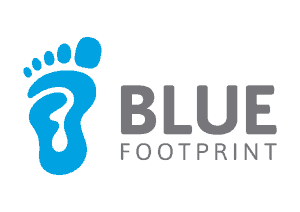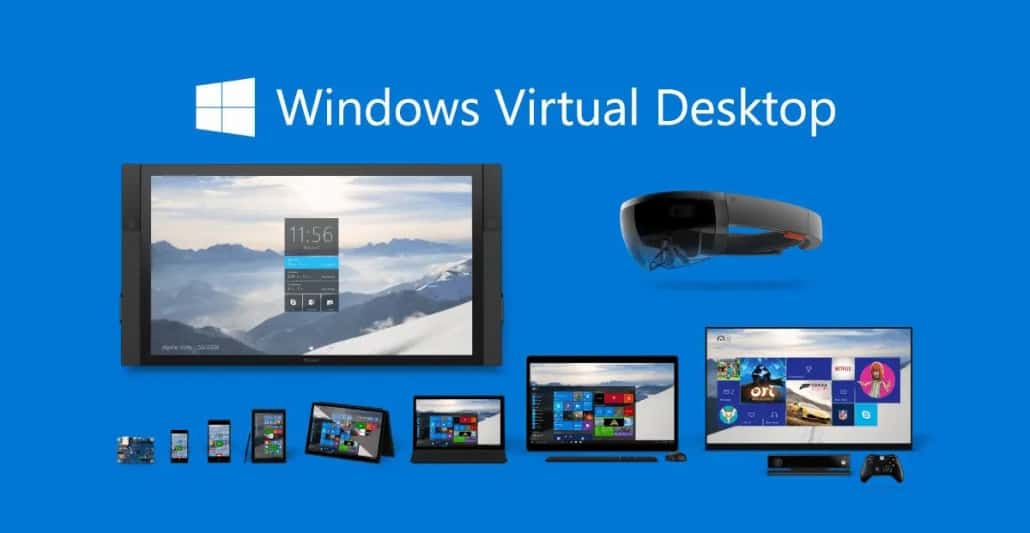Seeing Double: The Comprehensive Guide to a Successful Dual-Monitor Setup
In today’s fast-paced digital world, efficiency is key, and a dual-monitor setup has become a game-changer for many. Whether you’re a hardcore gamer, a creative professional, or a multitasking office wizard, the allure of dual screens is undeniable. A study by Jon Peddie Research highlights a staggering 42% boost in productivity with dual displays. But, it’s not as simple as plugging in an extra screen. To truly harness this power, your setup must be optimized.
Best Practices for a Great Two-Screen Setup
- Match Size and Resolution
First things first, ensure your monitors are in harmony. Using two screens of the same size and resolution is crucial. It prevents jarring differences in image quality, offering a seamless experience. This consistency is a blessing for your eyes and keeps distractions at bay.
- Get the Right Cables
Imagine the frustration of incompatible cables! Before setting up, check your monitors’ inputs and outputs. Whether it’s HDMI, DisplayPort, or DVI, having the correct cables is essential for a smooth setup.
- Positioning is Everything
The placement of your monitors can significantly affect your comfort and productivity. Place them side by side with their top edges aligned. Adjust their angles and distance to minimize neck strain and optimize viewing comfort.
- Embrace the Extended Desktop
Move beyond mirroring your displays. Use the extended desktop feature to manage different content on each screen. This approach effectively doubles your workspace, allowing you to work on a document on one screen while handling emails or browsing on the other.
- Focus on Taskbar Tweaks
A cluttered taskbar can lead to chaos. Organize your workspace by adjusting taskbar settings to display applications only on their respective screens. This simple tweak can save you time and frustration.
- Leverage Shortcuts
Windows offers valuable shortcuts for window management. Use the Windows key with the left or right arrow to snap applications to either side of the screen. This feature is a boon for tasks like document comparison or multitasking with different applications.
- Mastering Multitasking
Dual monitors truly excel in multitasking scenarios. For creatives, one screen can host design software, while the other displays reference material. Writers can view research on one screen and type on the other. The potential for productivity is limitless.
- Tame the Cable Chaos
More monitors mean more cables. Keep your workspace tidy with cable management solutions like adhesive clips or sleeves. A clean setup is not just aesthetically pleasing but also functional for future adjustments.
- Don’t Forget the Ergonomics
In the midst of enhancing productivity, don’t overlook ergonomics. Position your monitors at eye level and ensure your keyboard and mouse are comfortably placed. Proper ergonomics prevent strain, making your dual-monitor experience enjoyable and sustainable.
Enhancing Professional Workflows with Dual Monitors
- Boosting Creative Professions
For creative professionals like graphic designers, video editors, and architects, dual monitors are a boon. With tools and palettes on one screen and the primary workspace on the other, creatives can enjoy an uncluttered and efficient workflow. This setup not only speeds up the creative process but also allows for better detail work, as the increased screen real estate provides more room for precision.
- Streamlining Financial and Analytical Tasks
Finance professionals and data analysts can greatly benefit from a dual-monitor setup. Having spreadsheets on one screen and analytical software or reports on the other facilitates easier data comparison and reduces the need for constant toggling between applications. This setup is essential for tasks requiring high levels of accuracy and focus, such as budget analysis or financial forecasting.
- Enhancing Academic and Research Work
Academics and researchers find dual monitors particularly advantageous. They can have research papers or online resources open on one screen while writing or analyzing data on the other. This setup supports a more efficient review process and aids in organizing and cross-referencing vast amounts of information.
Conclusion: Embracing the Dual-Monitor Advantage
In conclusion, a dual-monitor setup is more than just a tech upgrade; it’s a significant enhancement to your professional and personal computing experience. From improved multitasking and increased productivity to better ergonomics and streamlined workflows across various professions, the benefits are vast and varied. By following the best practices and tips outlined above, you can set yourself up for success and make the most of this powerful tool.
Remember, whether you’re diving into complex creative projects, crunching numbers, or conducting extensive research, a well-optimized dual-monitor setup can transform the way you work. So why wait? Elevate your workspace today and unlock your full potential.
Need Help with Hardware or Software Setup?
Setting up a dual-monitor system can be daunting. Why not seek expert advice to save time and ensure your setup is perfect? Our team can guide you through hardware and software choices, ensuring your dual-monitor setup is not just functional but also a joy to use.
Give us a call today to discuss your technology needs and step into a world of enhanced productivity!

